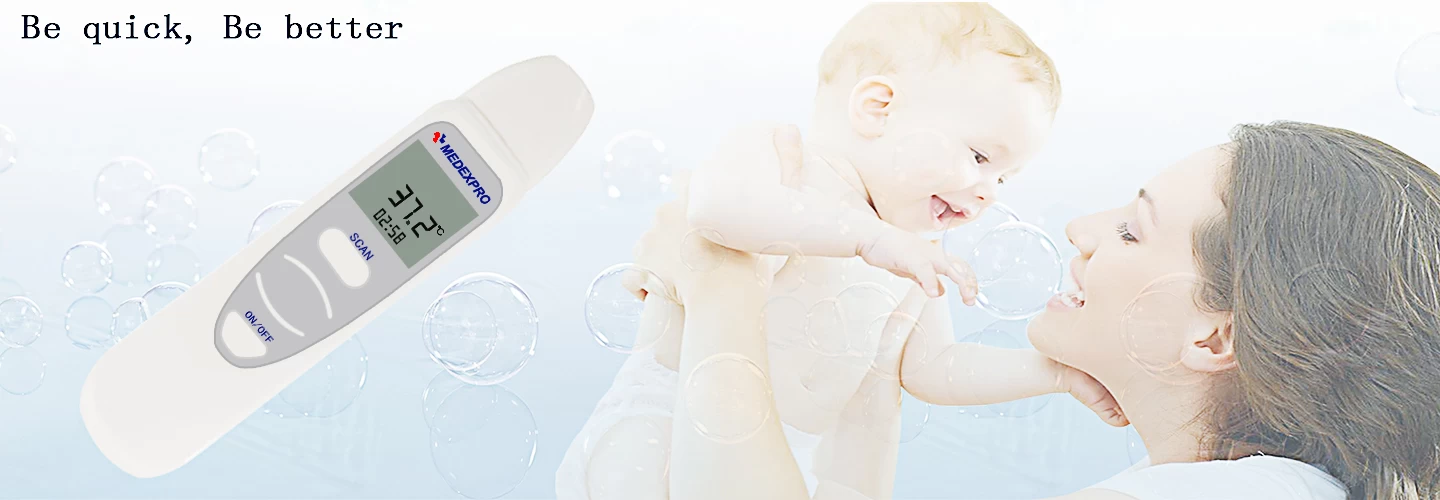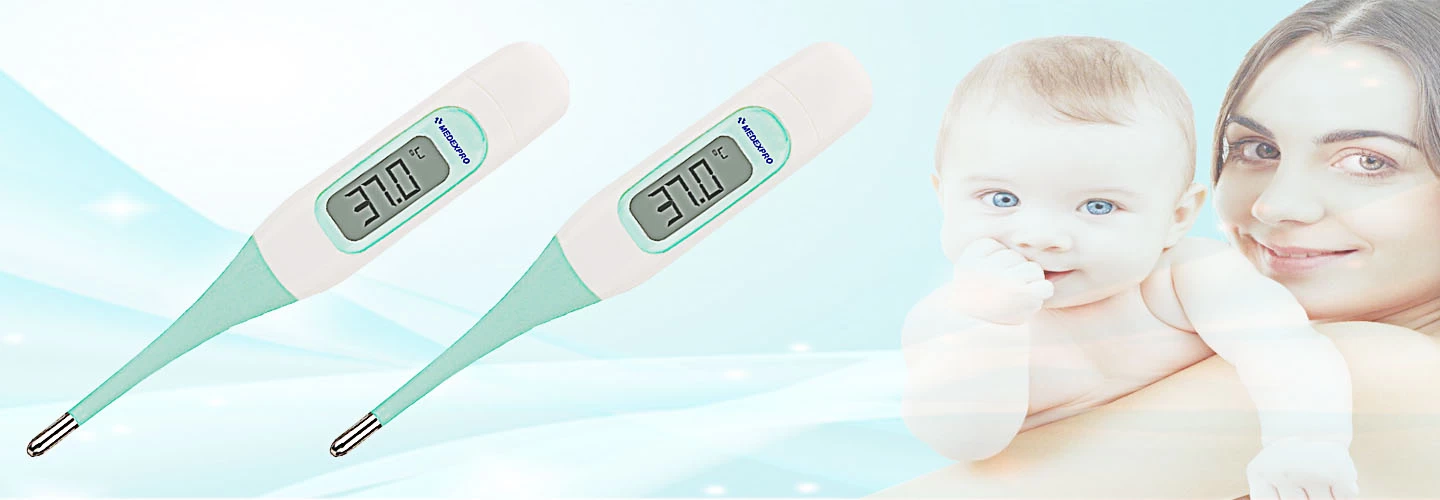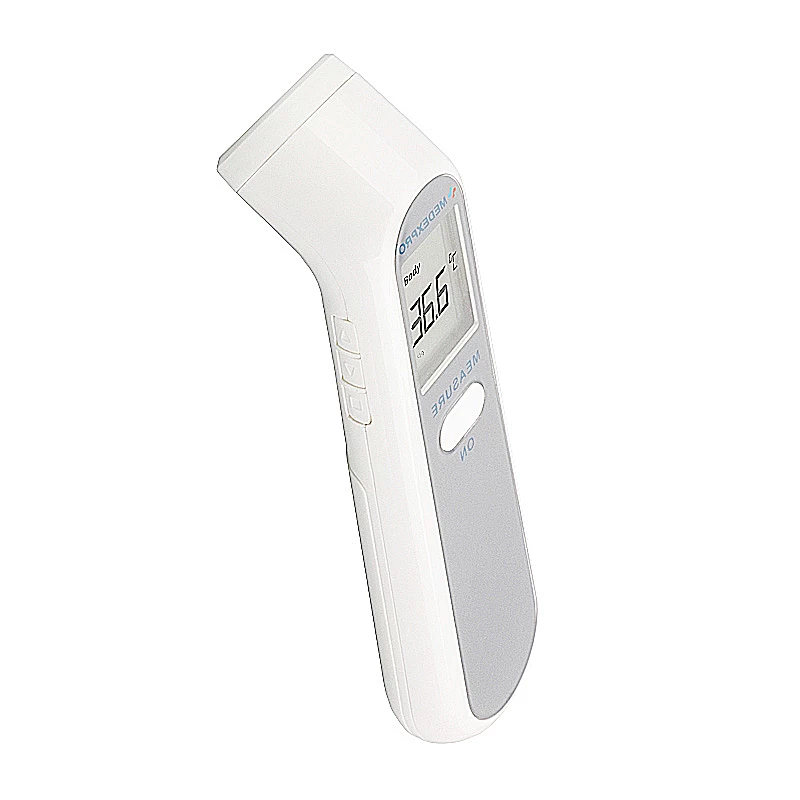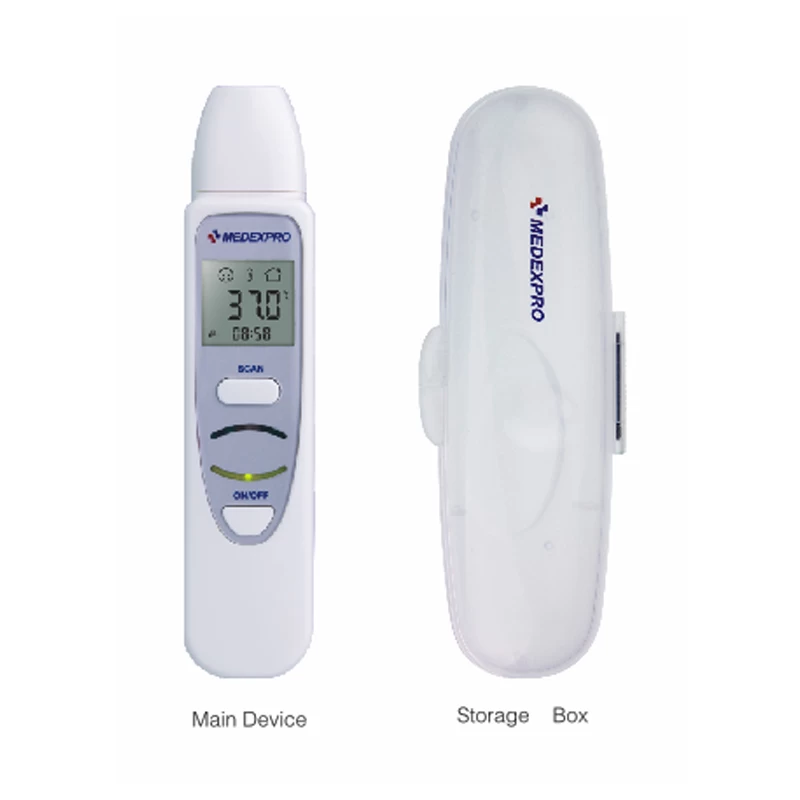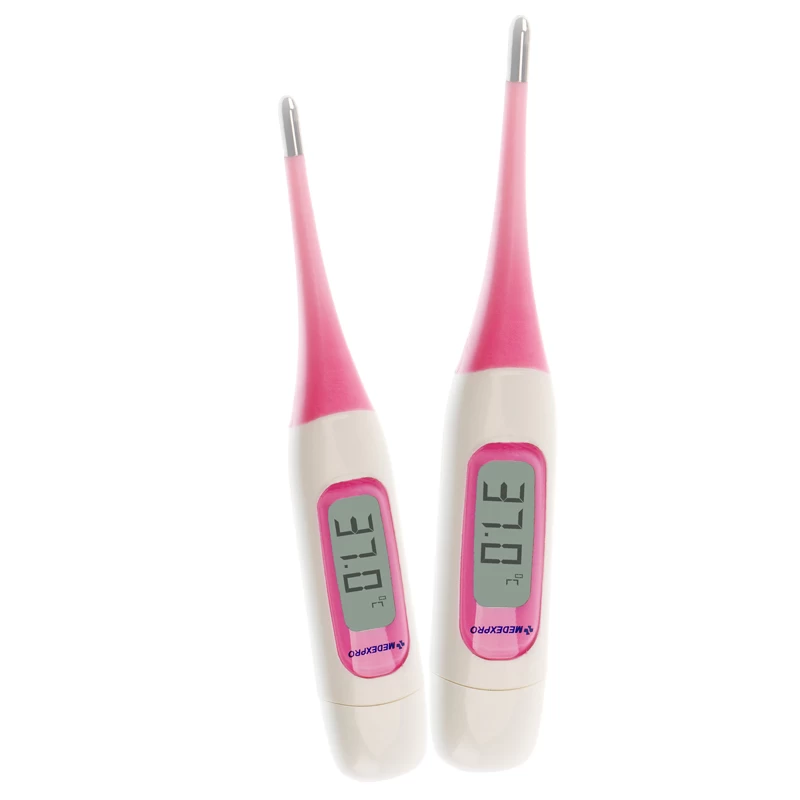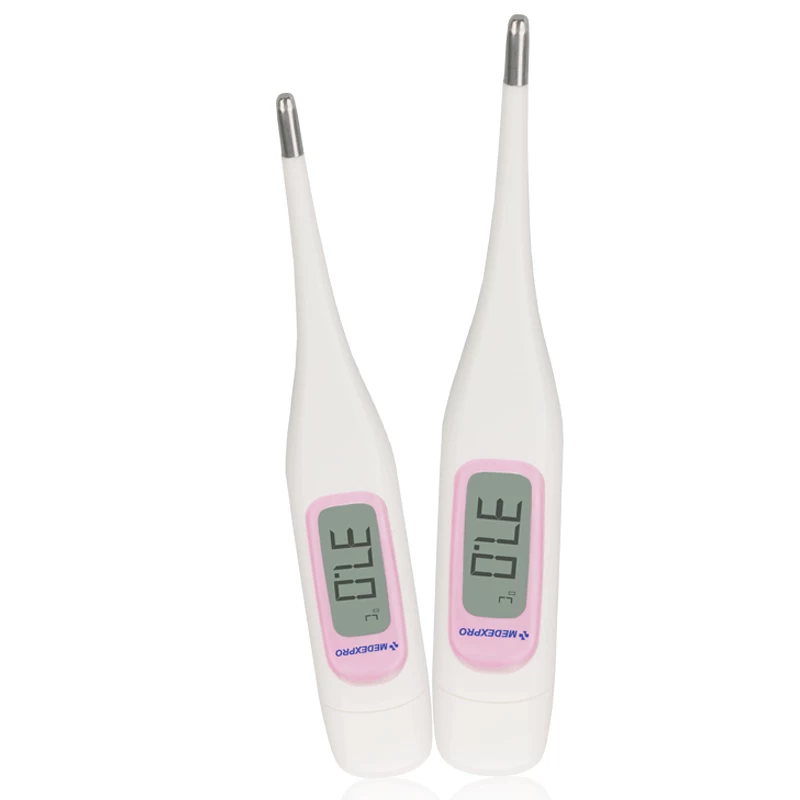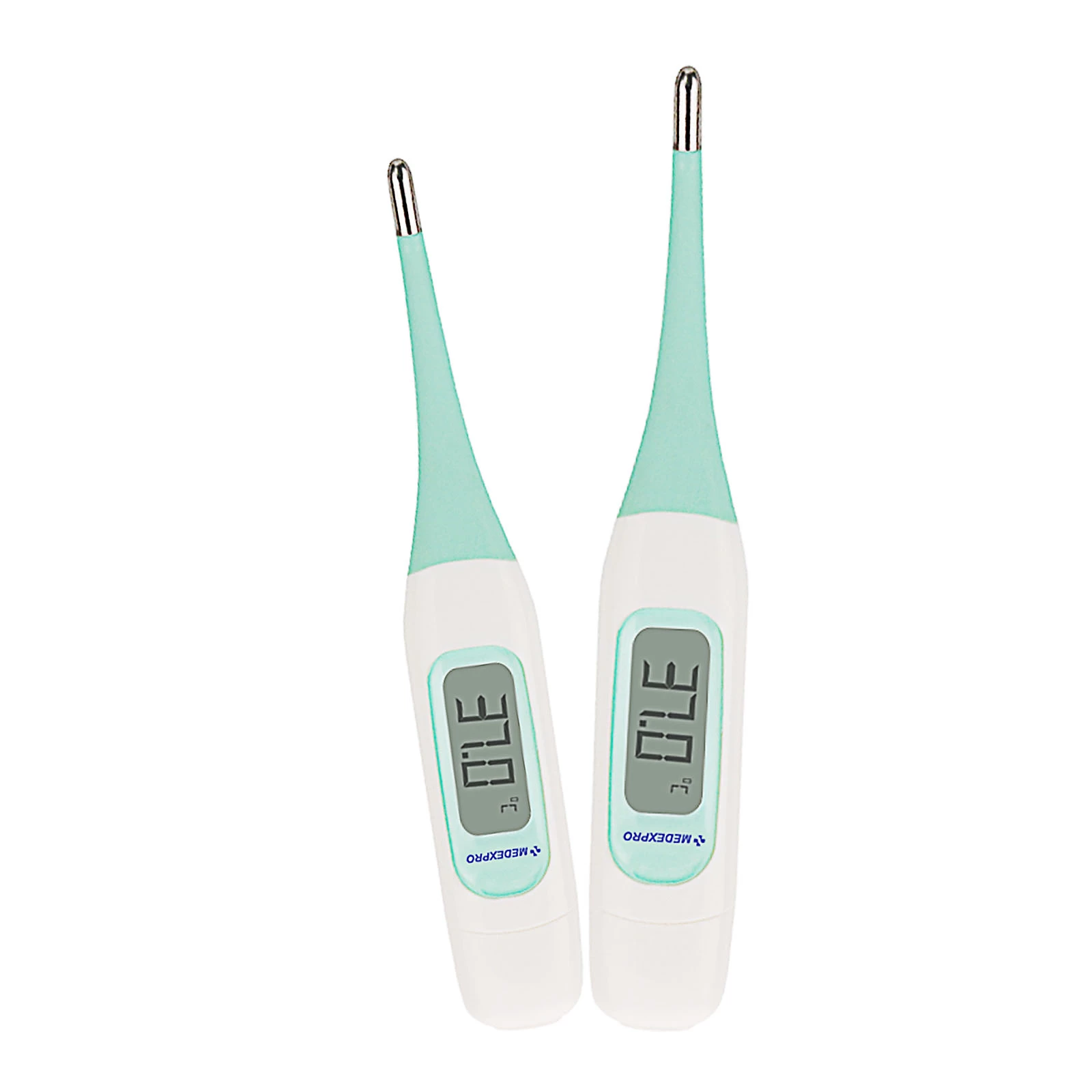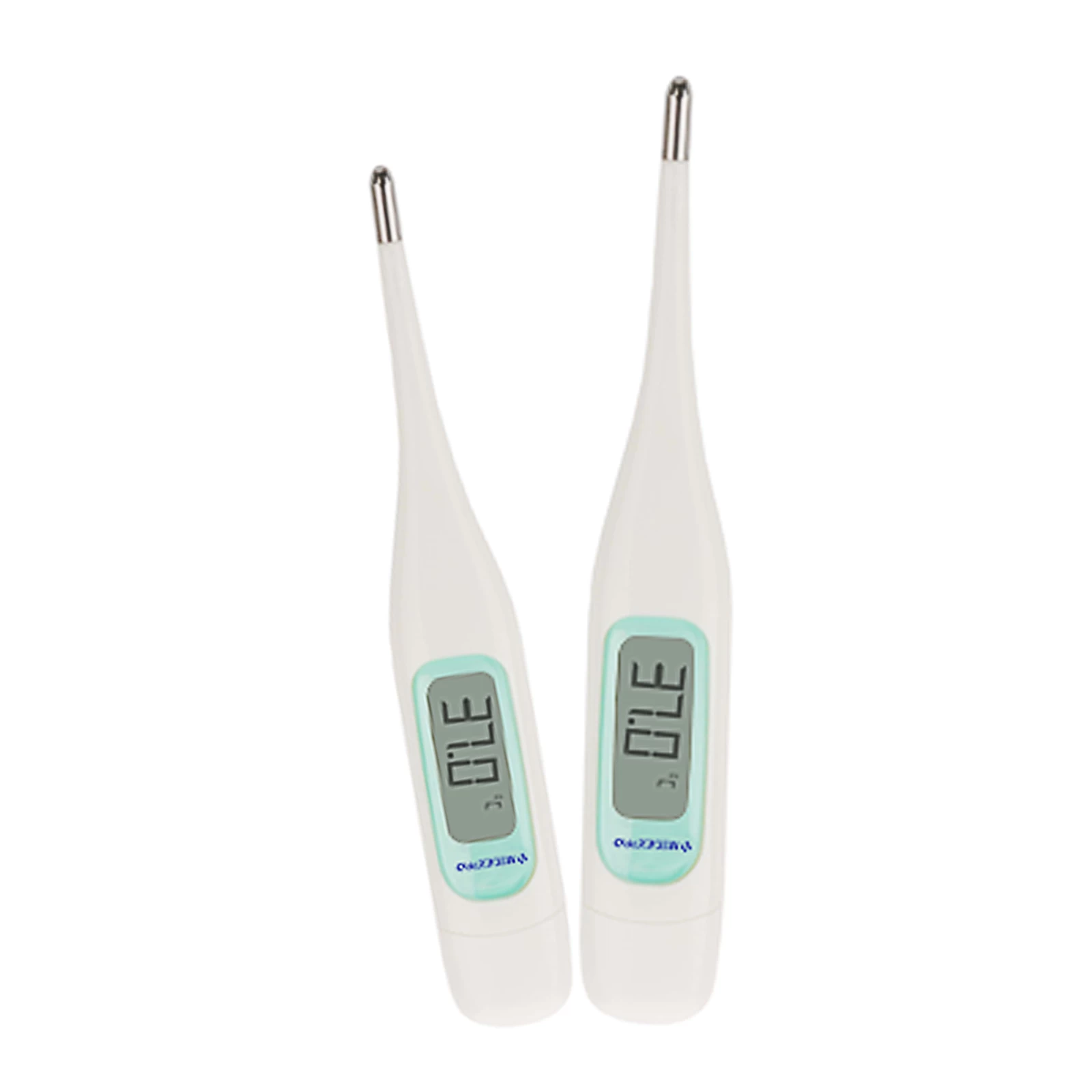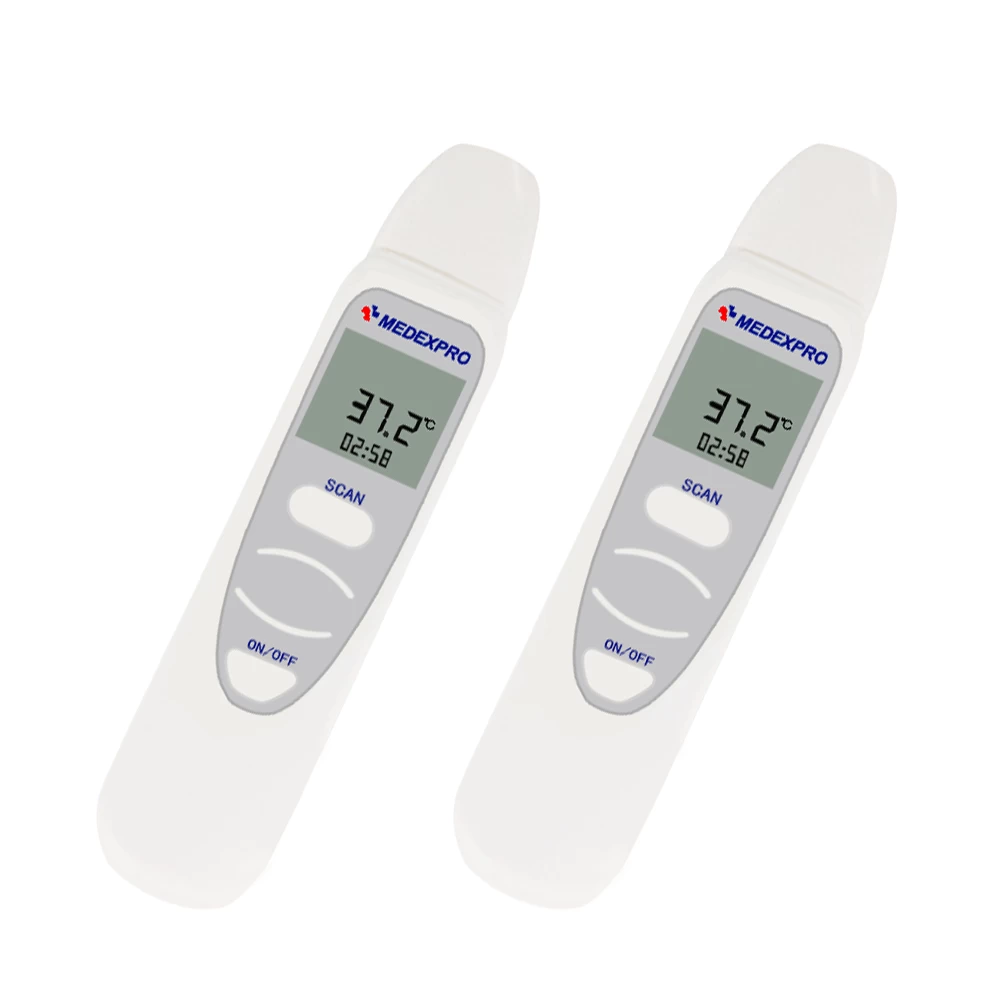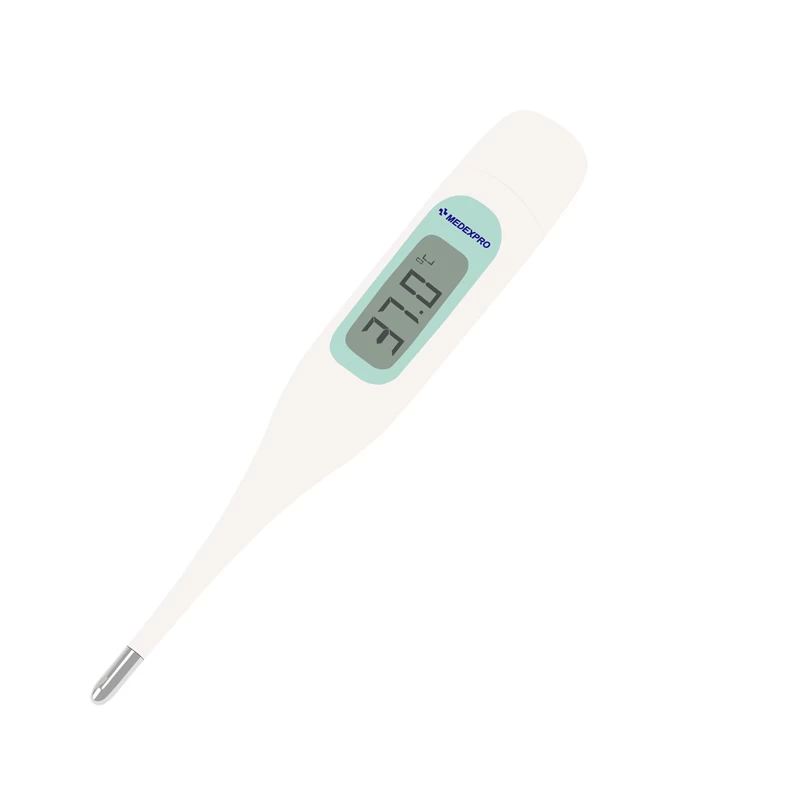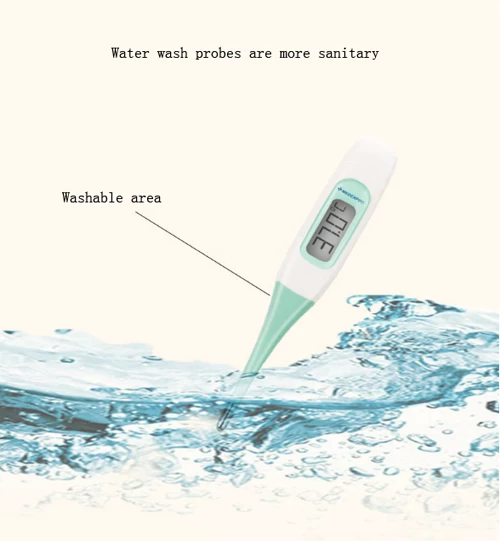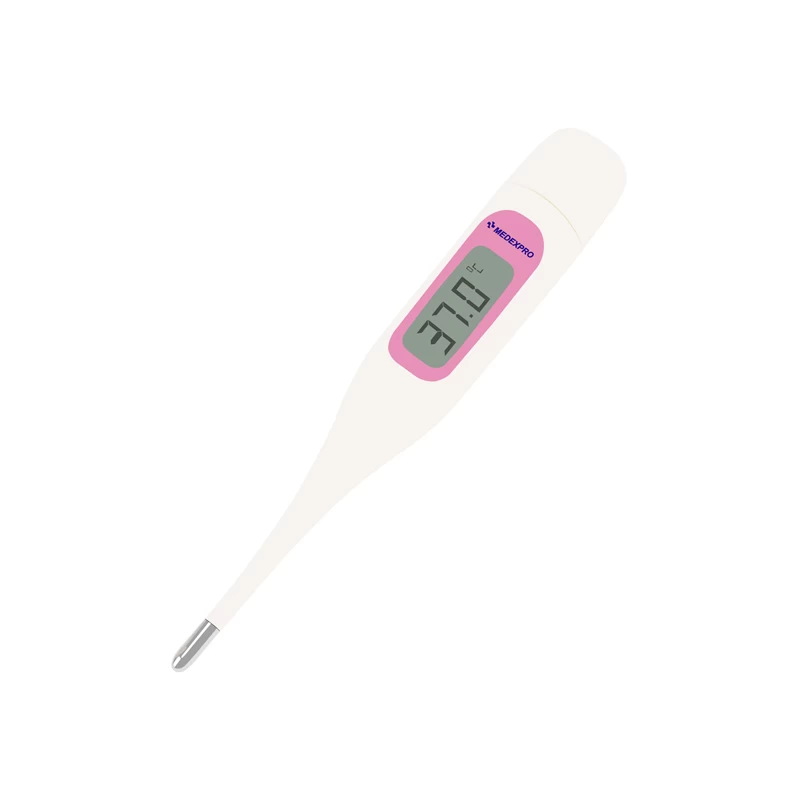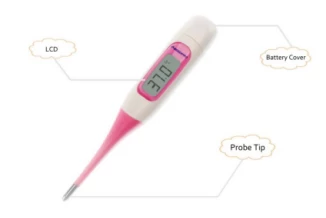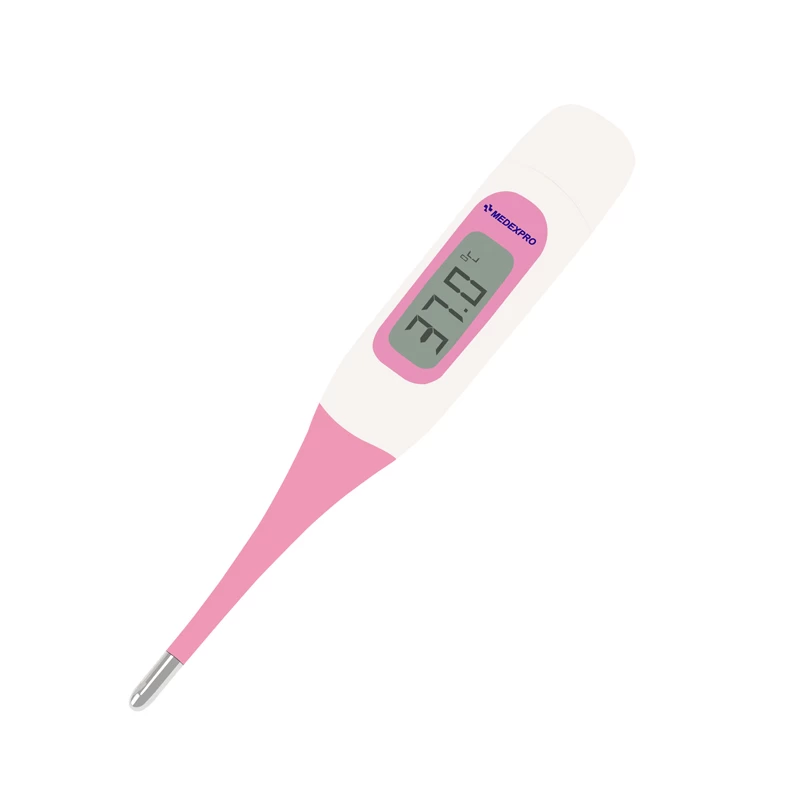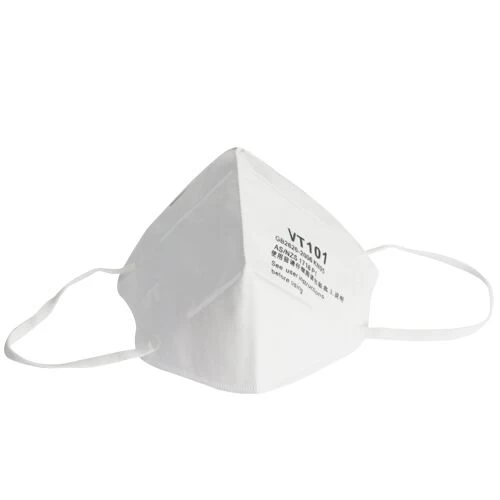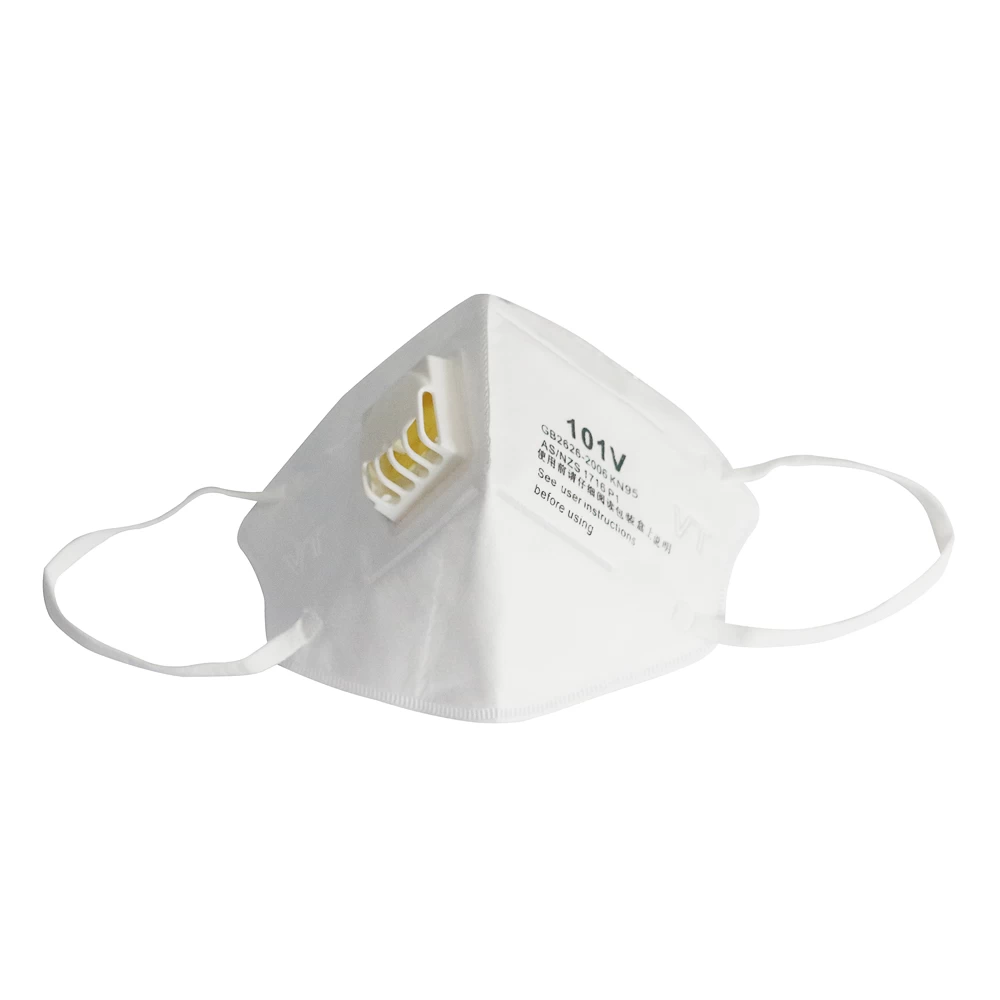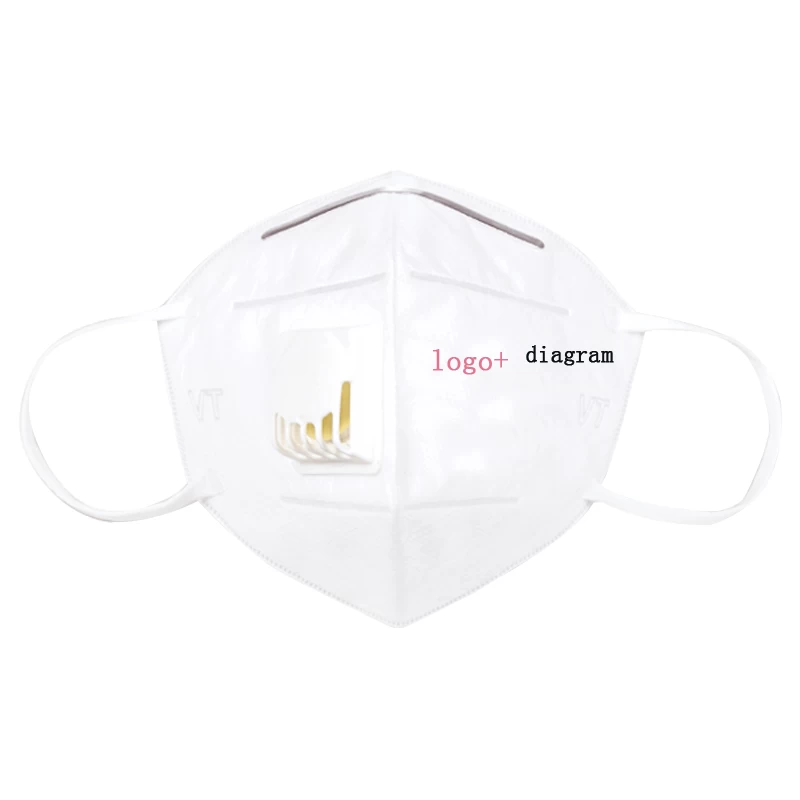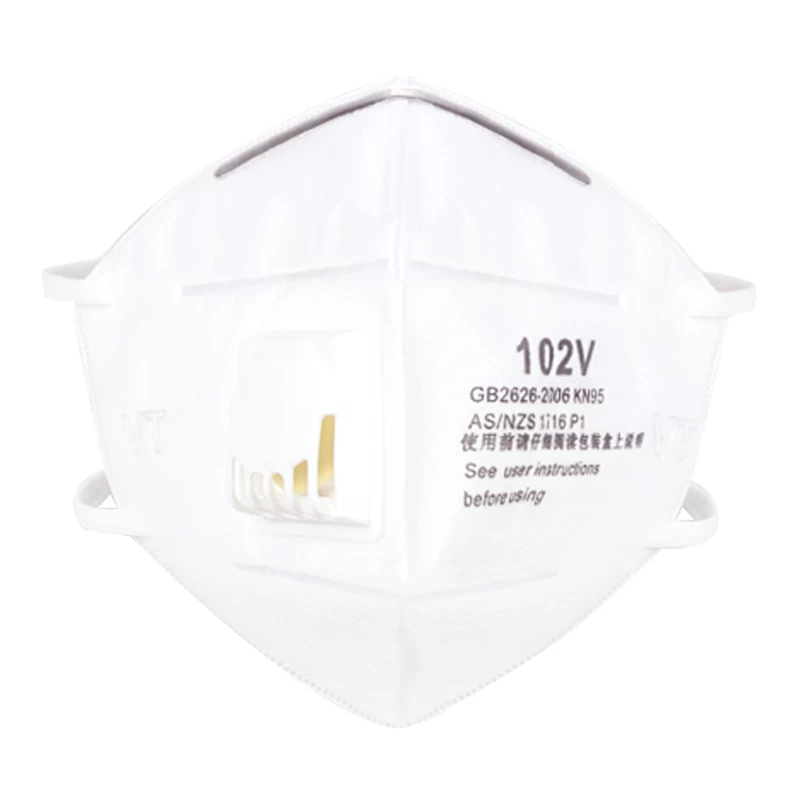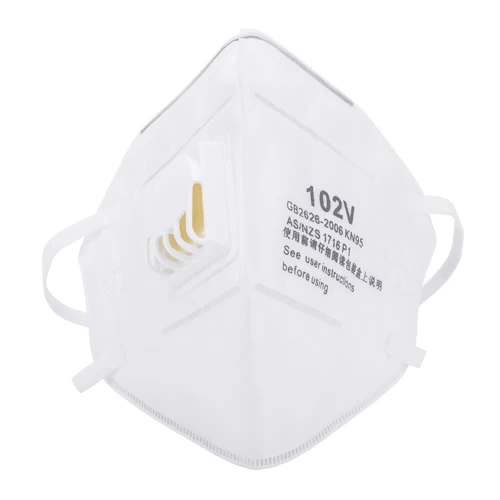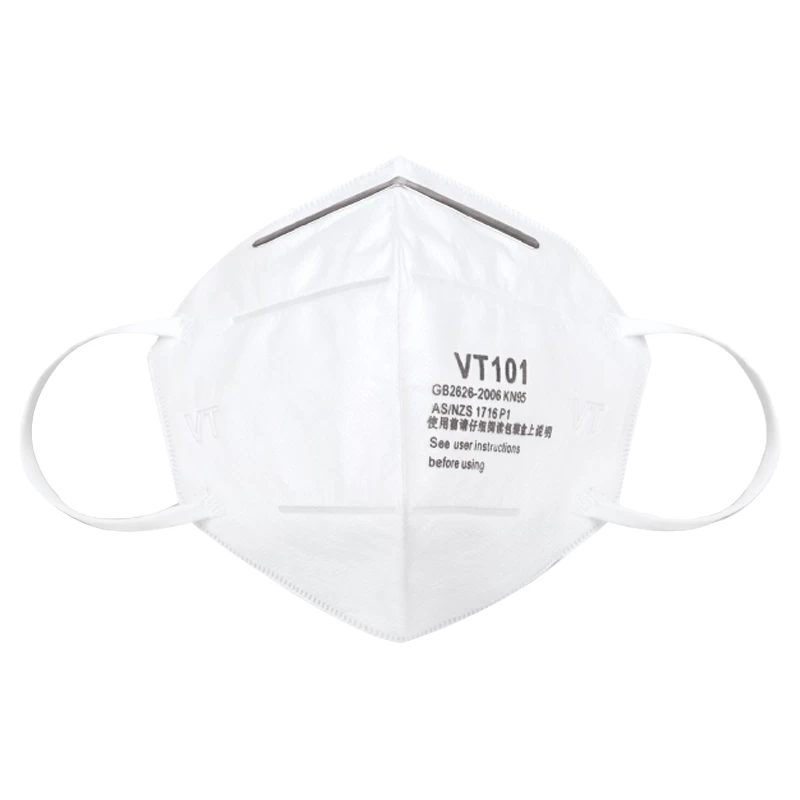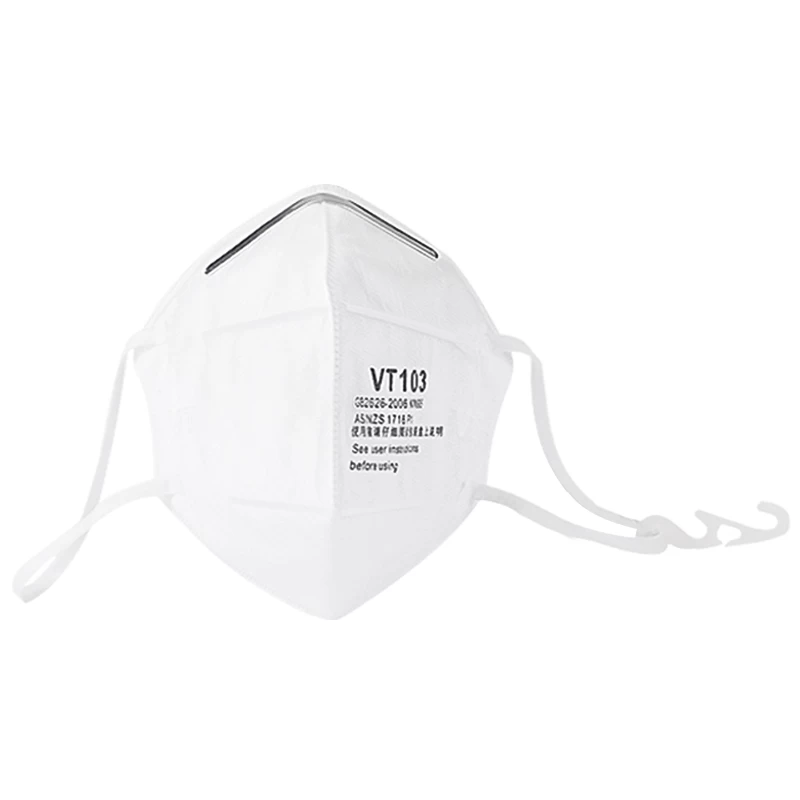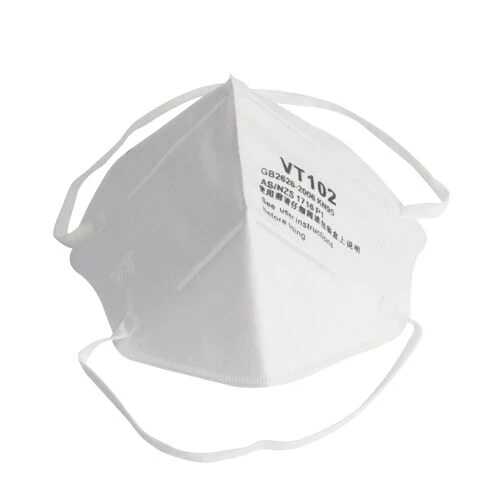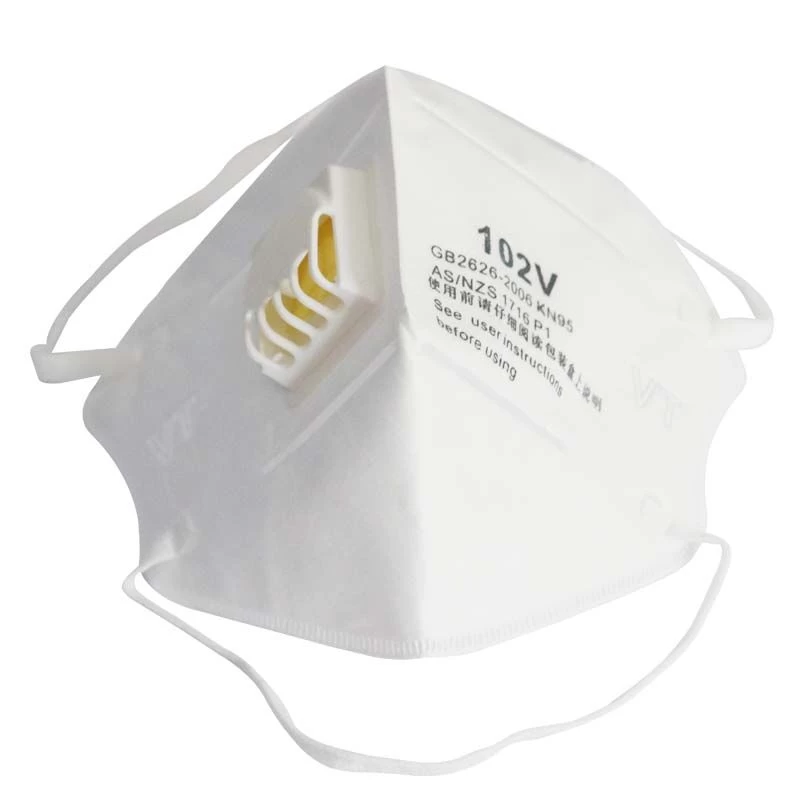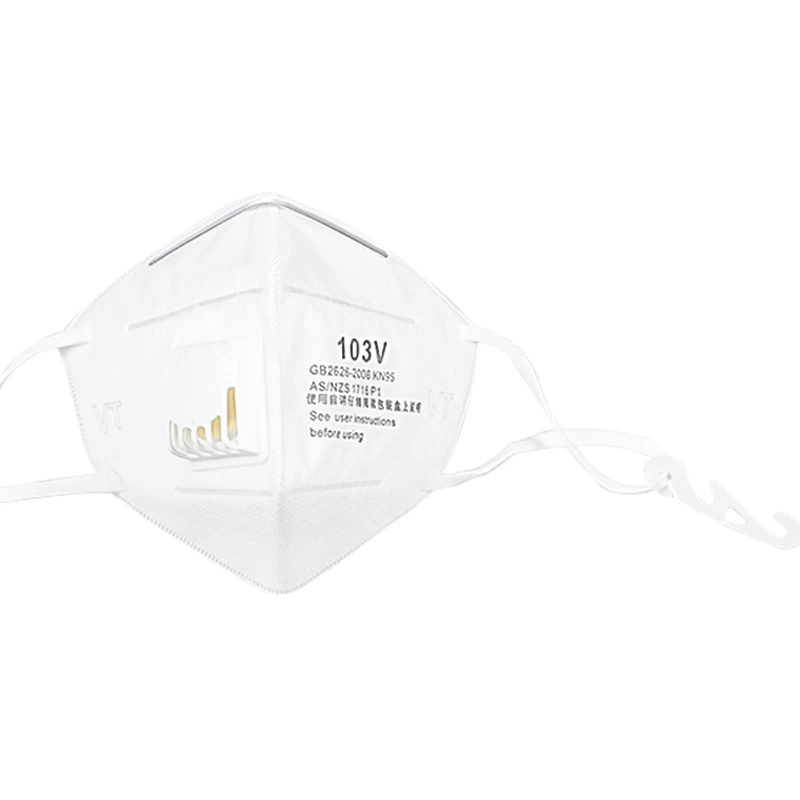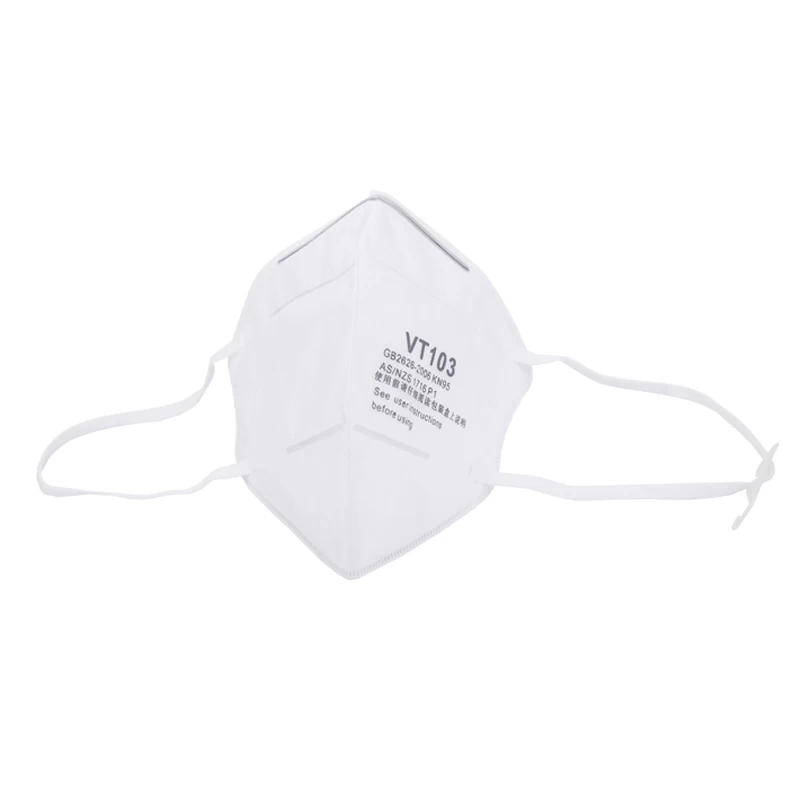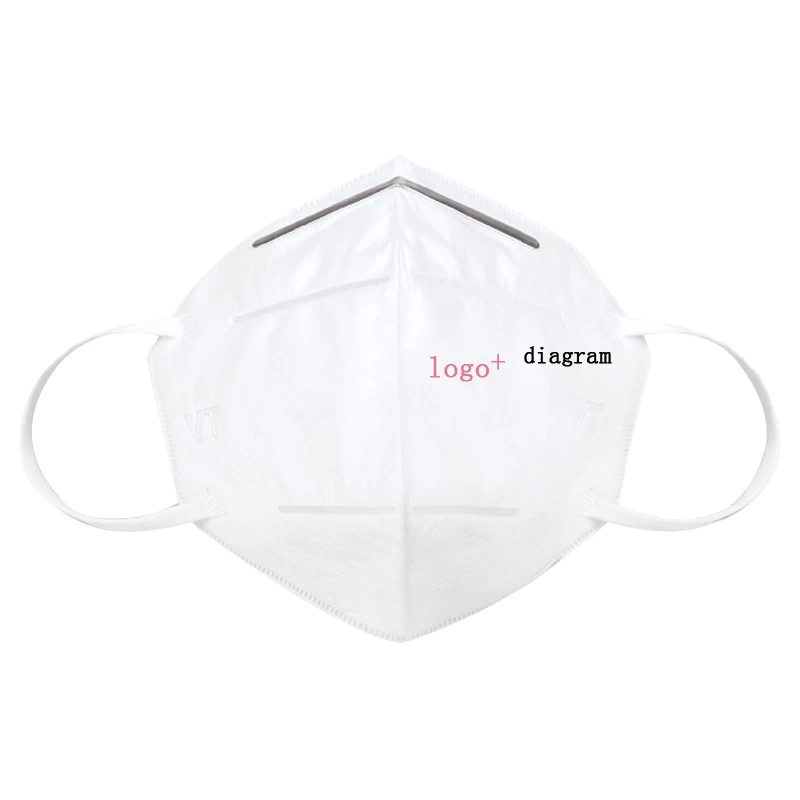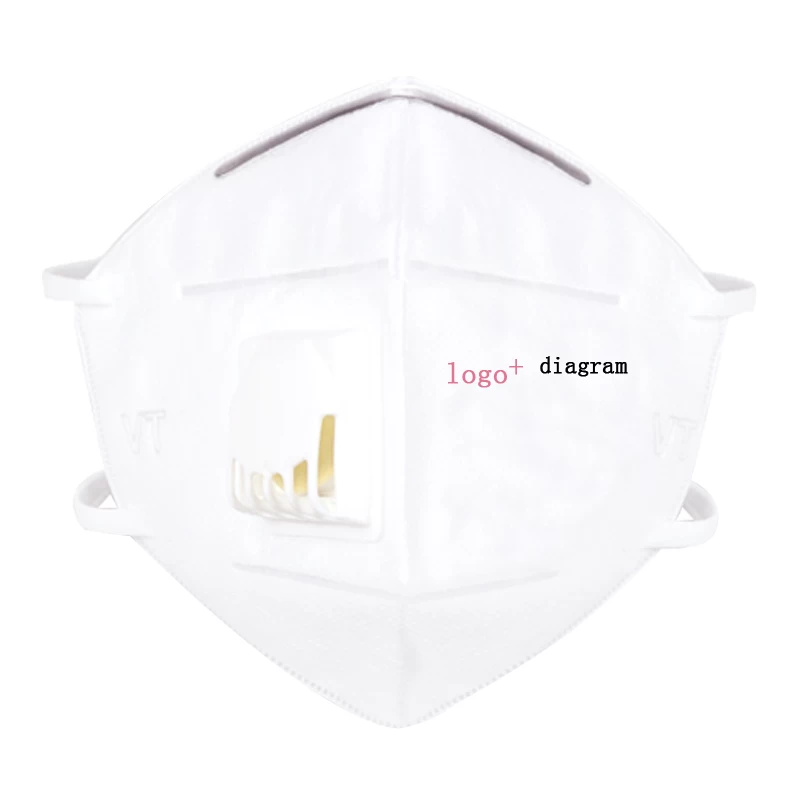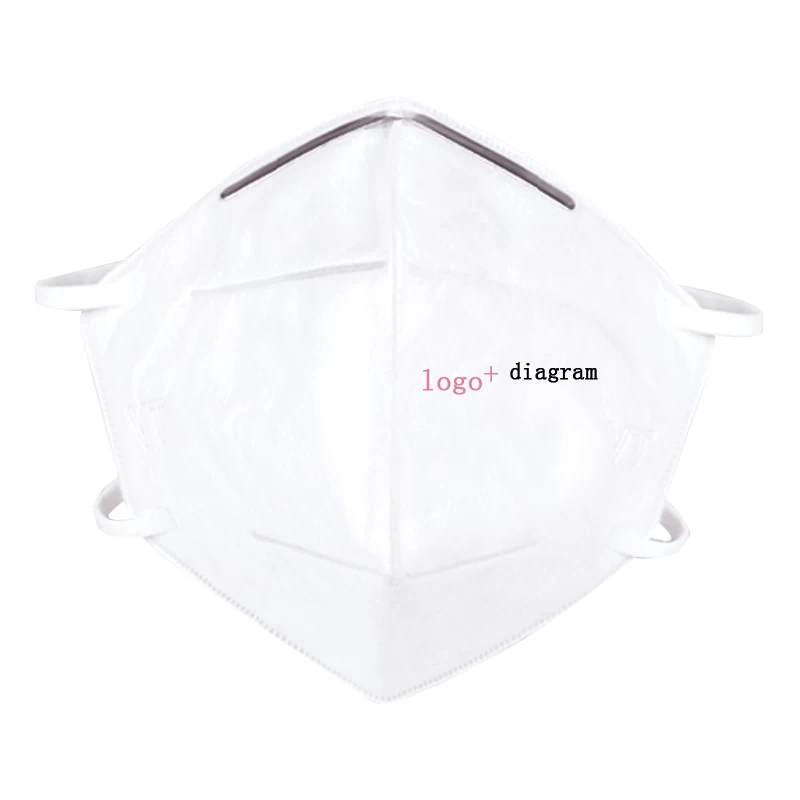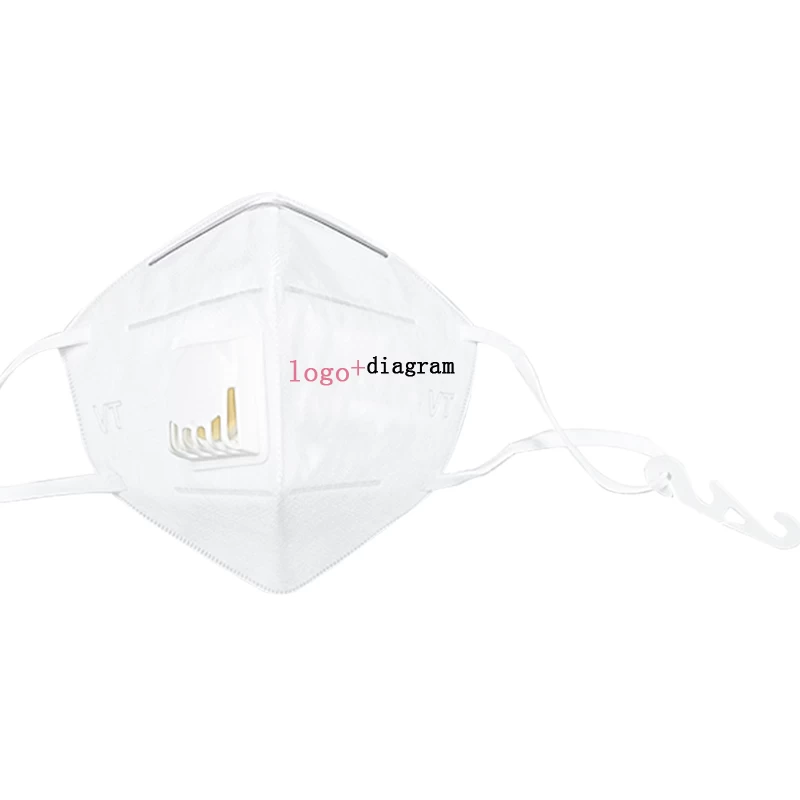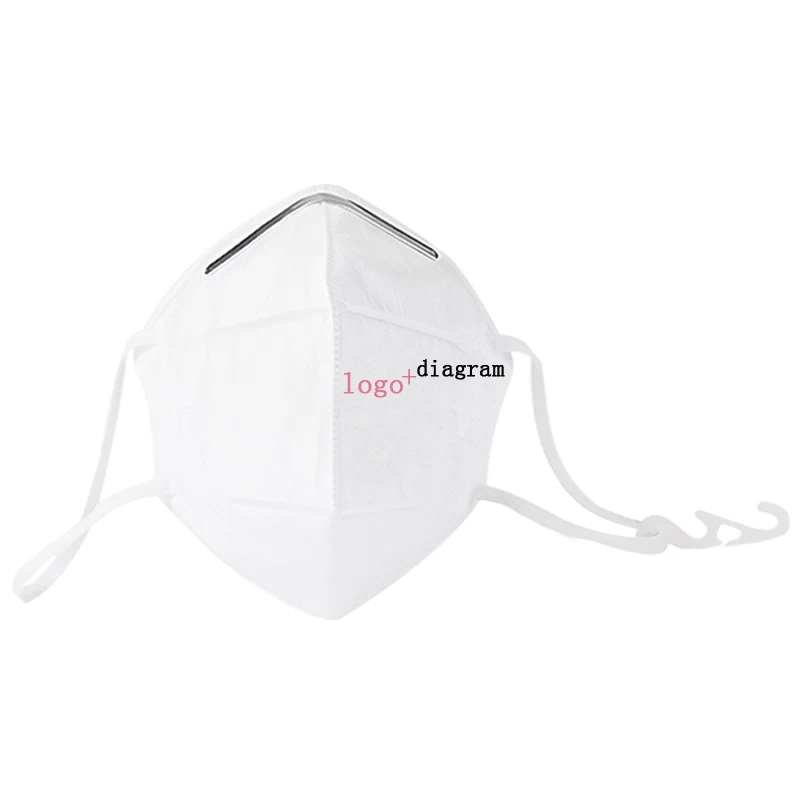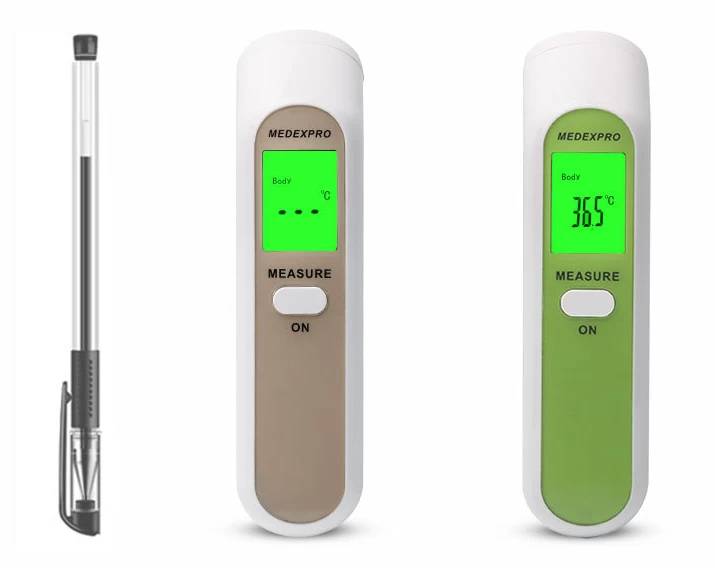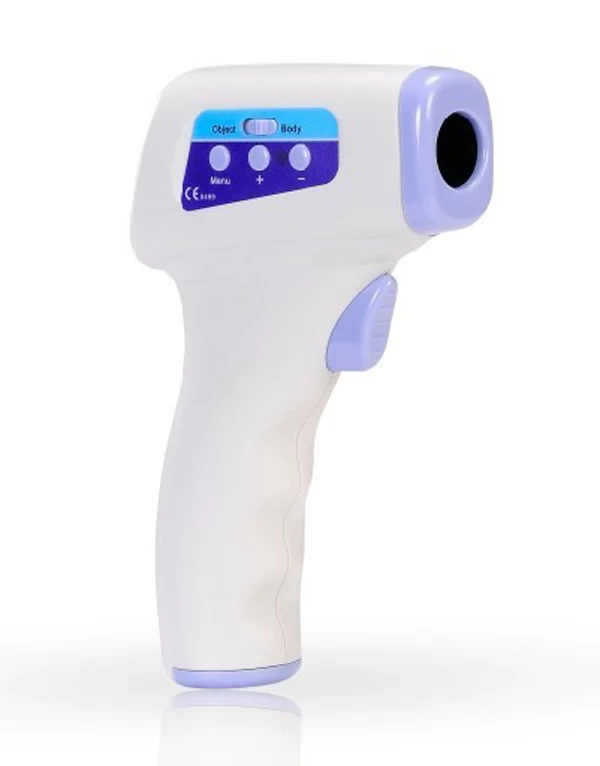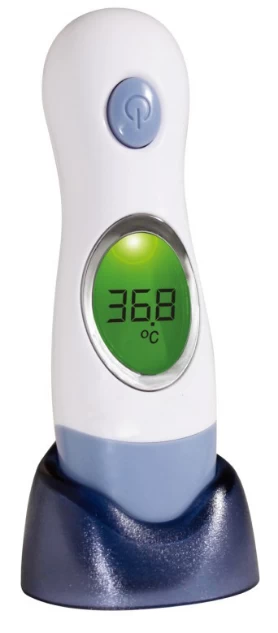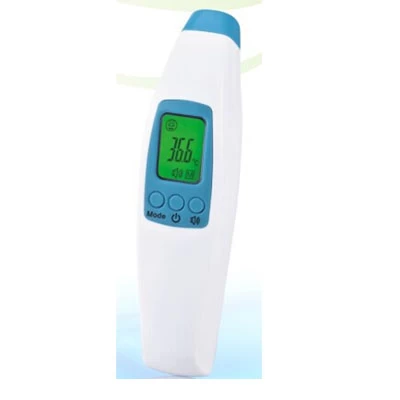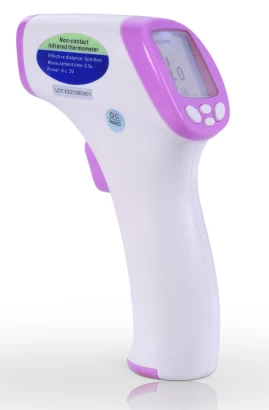Infrared thermometer wholesale
define
Infrared thermometer is a kind of thermometer that USES the principle of radiation to measure human body temperature. The infrared sensor it USES only absorbs the infrared ray of human body radiation and does not emit any ray to the outside world
working principle
The human body's infrared thermal radiation is focused on the detector, which converts the radiated power into an electrical signal, which can be displayed in units of temperature after being compensated for the ambient temperature.
The basic structure
Contact infrared thermometer. Take the ear thermometer as an example, it is mainly composed of shell, temperature sensor, temperature sensor, PCB board circuit, liquid crystal display, buzzer and battery.
Non-contact infrared thermometer. Take the forehead temperature gun as an example, it is mainly composed of infrared probe component, main circuit board component, LCD display component and shell component.
classification
Infrared thermometer is mainly divided into contact infrared thermometer and non - contact infrared thermometer.
Contact infrared thermometer. Common are ear thermometers, forehead thermometers, and multifunction thermometers that can accurately measure the body temperature from the ear in just one second. When using, gently straighten the ear canal, insert the temperature measuring head into the ear canal, press the temperature measurement at the upper end for one second, you can read the accurate temperature of at least one decimal point from the LCD screen, which is safe and guaranteed. When using, change the protective plastic cover to avoid bacterial infection. Even if the whole family is sharing, it is safe and secure.
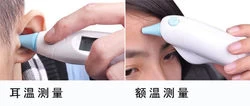
2. Non-contact infrared thermometer. The most common is a frontal thermometer gun; we can measure human body temperature at a great distance. Just point the probe at the forehead and press the measuring button, and the measuring data will be available in a few seconds, which is very suitable for patients with acute illness, the elderly, infants and so on. However, in the early stage of use, since users are not familiar with this operation mode, they may get several different measurement data. Generally speaking, the measured maximum value is the required data. Users will be satisfied with this thermometer after getting familiar with it.
Method of use
Contact infrared thermometer. Take ear thermometer as an example:
1) boot
2) gently pull the auricle to straighten the ear canal, fix the head, insert the sensor into the ear hole and aim at the eardrum, and start temperature measurement. Note that the ear thermometer sensor should be inserted into the ear hole in the direction of the eardrum. If it is not aligned with the eardrum, the measured temperature will be lower than the actual body temperature.
3) the screen displays the ear temperature indicator, records the value, and ends the temperature measurement.
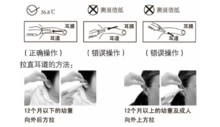
2. Non-contact infrared thermometer. Take the frontal thermometer as an example:
1) boot
2) point part of the infrared detector to the middle of the forehead in front -- above the eyebrow center and keep it vertical. The measuring part should not be covered by hair, and should be dried if there is sweat. The distance between the infrared detector and the forehead should be about 3-5cm.
3) the screen displays the temperature indicator, records the value, and ends the temperature measurement.
The advantages and disadvantages
The advantage of infrared thermometer is to collect body temperature convenient, simple, fast, and quite accurate, very suitable for acute illness patients, the elderly, infants and so on. The disadvantage is that it is easy to be affected by the ambient temperature, and the error is large in this case [3].
Precautions for use
Use ear thermometer. People with ear diseases such as otitis exterioris and otitis media are not allowed to use it.
Do not use the ear thermometer when the ear hole is wet after swimming or bathing.
When the measured person comes from a place where the temperature is greatly different from the ambient temperature, he/she should stay in the measuring environment for at least 5 minutes and wait until the temperature is consistent with the ambient temperature.
Measurement of temperature should be avoided in cases where sweating on the forehead, cold compress and other cooling measures may result in low results.
Can not be in fan, air conditioning outside the door and other air flow larger place to measure.
Do not use in direct sunlight.
It is recommended to measure about 3 times during the measurement, and the interval of each measurement is 3-5 seconds, whichever group of data shows the most shall prevail.
Precautions for use
Use ear thermometer. People with ear diseases such as otitis exterioris and otitis media are not allowed to use it.
Do not use the ear thermometer when the ear hole is wet after swimming or bathing.
When the measured person comes from a place where the temperature is greatly different from the ambient temperature, he/she should stay in the measuring environment for at least 5 minutes and wait until the temperature is consistent with the ambient temperature.
Measurement of temperature should be avoided in cases where sweating on the forehead, cold compress and other cooling measures may result in low results.
Can not be in fan, air conditioning outside the door and other air flow larger place to measure.
Do not use in direct sunlight.
It is recommended to measure about 3 times during the measurement, and the interval of each measurement is 3-5 seconds, whichever group of data shows the most shall prevail.

